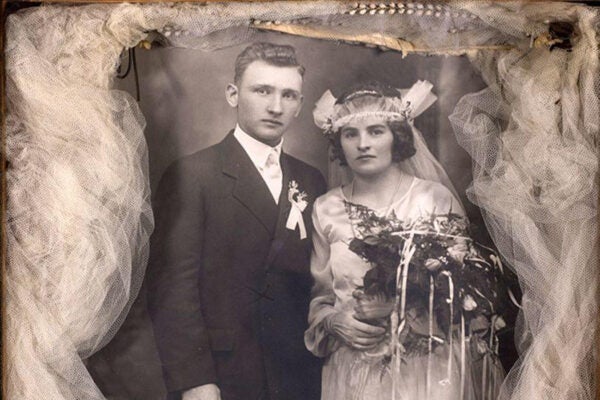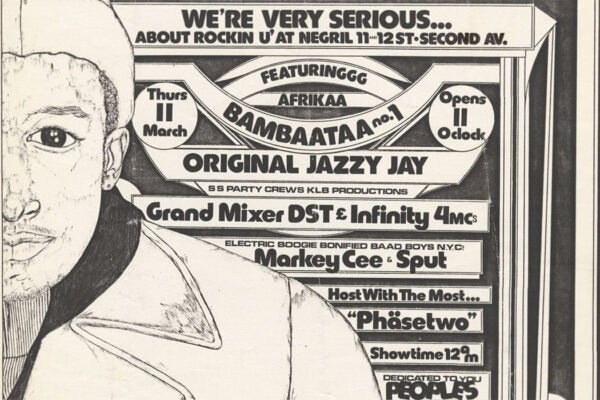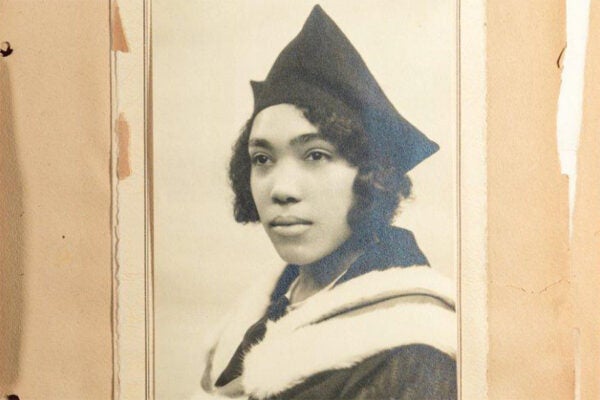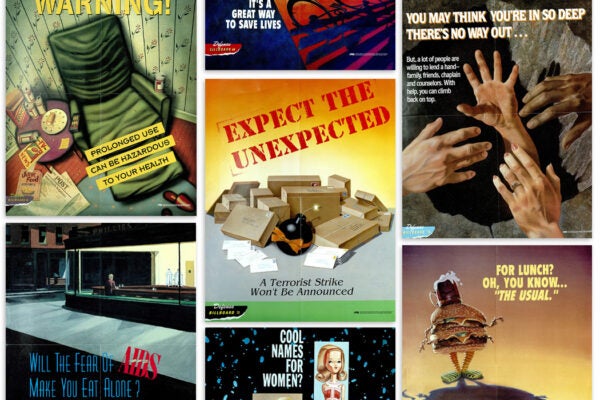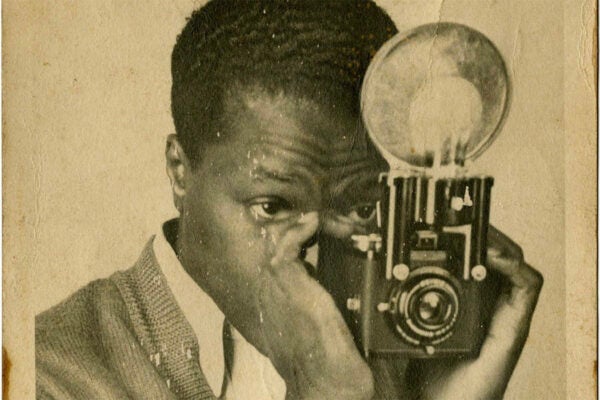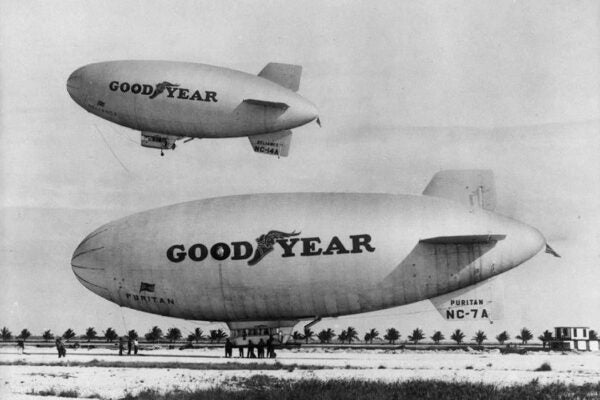First Comes Love
A top divorce lawyer collected strangers’ marriage certificates and other wedding-related ephemera—a testament to her perhaps surprising faith in matrimony.
From Oriental Riviera to Global Asia: Hong Kong in Travel Posters
A collection of travel posters shared via JSTOR by Hong Kong Baptist University highlights Hong Kong’s unique place in the global imagination over the decades.
Mashup at the Intersection of Deco and Hip-Hop
Archived at Cornell University, a collection of flyers promoting dance-inspiring DJ sets in the Bronx established the visual identity of a new cultural era.
A Gold Rush of Witnesses
Letters, diaries, and remembrances shared on JSTOR by University of the Pacific reveal the hardships of day-to-day life during the California Gold Rush.
The Trailblazing Merze Tate
A celebrated historian of race and imperialism, Tate was an intrepid traveler who avidly shared her passion and meticulously documented her journeys.
Graffiti Limbo
A University of Virginia professor enlisted students to document the messages—profane, hopeful, despairing—left on library carrels by previous generations.
Life Advice From the Armed Forces
These American Forces Information Service posters shared via JSTOR by The University of Alabama in Huntsville offer us the wisdom we didn’t know we needed.
Seeking Clues in Cabinet Cards
The poignant images, at once banal and intimate, in the Lynch Family Photographs Collection contain mysteries perhaps only the public can solve.
Blimps in the Heavens Over Akron
A Goodyear executive dreamt of populating the sky with dirigibles. He settled for securing his company—and his blimps—a place in the public imagination.
